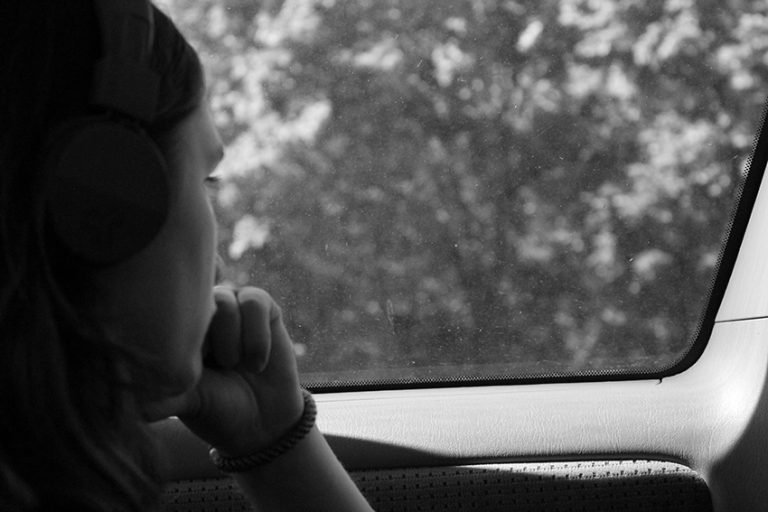September is National Suicide Prevention month; therefore, much is being written and talked about regarding this topic. Yet, rarely do we hear about the geographic demographics of this growing problem, namely how shockingly prevalent it is in rural areas. Although populations are low, Montana, Alaska and Wyoming lead the country in suicide deaths.
Last May, a study was released from a team of researchers from the Centers for Disease Control and Prevention (CDC). The results revealed an enormous escalation of suicide rates between 2005 and 2015 in rural counties. This is due to several factors: easy access to firearms, high rates of drinking and drug use as well as economic challenges. Of these factors, gun ownership is the most relevant.
Nationwide, suicide accounts for nearly 60 percent of gun-related deaths, with the numbers proving higher in rural areas than urban. According to the CDC, in rural Illinois, more than 80 percent of gun-related deaths between 2012 and 2016 were suicides.
The mentality of independent, older men working in rural areas and living in a culture of self-reliance is also a contributing factor. In 2016, The CDC found that the professions with the highest rate of suicide are farmers, fishermen and forestry workers.
Certainly, the stigma around suicide is not confined to older individuals just as the lack of resources is not exclusive to one state. In Montana, where anxiety and depression is widespread and asking for help is viewed as a sign of weakness, there were 25.9 suicides for every 100,000 residents in 2016; this was nearly double the national average. Considering that last year, budget cuts led to more than 100 mental health professionals being laid off and 10 rural health care programs were forced to close, these numbers are certain to increase.
Lack of mental health resources have resulted in grass-roots awareness and prevention efforts in many rural counties. Instead of tables adorned with photos of their deceased teenagers in the back of a church, parents are distributing pamphlets and brochures about suicide prevention. While they are also eulogizing their child, they are encouraging others to get help.
And yet help is as scarce as suicide is plentiful. According to a new study in the American Journal of Preventive Medicine, 65% of non-metropolitan counties do not have a psychiatrist and 47% do not have a psychologist.
Celebrity suicides are always big news, and our collective awareness of teen suicides is thankfully growing, while an entire segment of the United States has fallen off the radar. The solution is surely as complex as the problem, but something must be done to help these thousands upon thousands of people who have plenty of guns, but few resources to turn to when confronted with hopelessness and despair.

